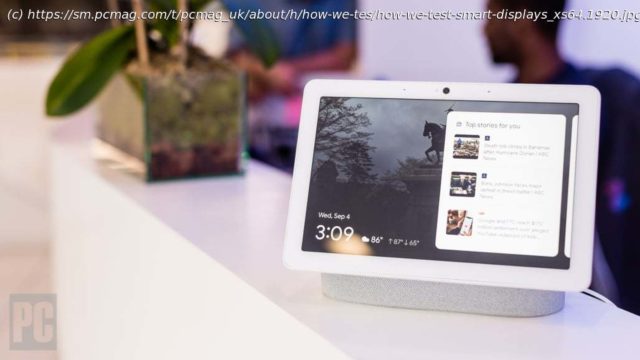Do-it-all countertop screens are deceptively simple, but highly convenient. Here’s how our reviews help you determine the best smart display for your money.
Smart displays are useful because they combine many functions in a relatively small package—most are a mishmash of monitors, smart speakers, TVs, and webcams. As such, our testing methodology for each of these different products informs how we assess smart displays, but the process isn’t identical. With that in mind, we still run a full battery of tests on smart displays to evaluate their performance, quality, and value for the money. Here’s how we do it.Screen Quality
Smart displays aren’t primarily designed for media consumption, so they shouldn’t be held to the same standards of contrast and color as monitors and TVs—they also lack the direct video connection we require to run the tests we perform on monitors and TVs. Without the ability to send specific, clean signals, we can’t measure the precise luminance and color ranges of a smart display’s screen.
That said, we visually inspect each smart display for its light output and color range. For example, we examine the same photos and videos on each device and evaluate what they look like under different lighting conditions. Despite not being able to report exact numbers, we can still easily determine whether a screen reaches Rec.709 (broadcast standard) color levels or, beyond them, DCI-P3 (digital cinema, significantly wider than broadcast) color levels.
Crispness is another important factor; it’s something we measure both mathematically and comment on visually. We calculate the number of pixels per inch based on the screen size and resolution, then compare the result with that of other smart displays. We also take note of how comfortable the screen is for reading and viewing content throughout our testing period and report that in our review.






